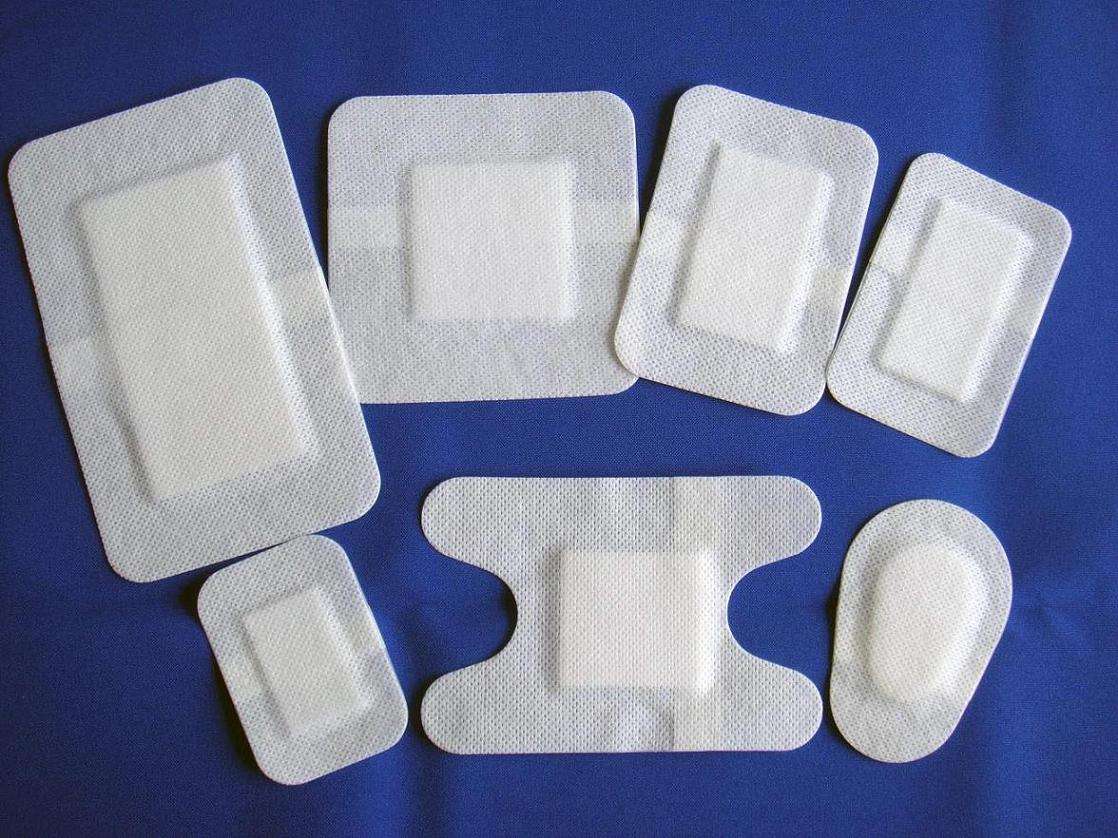Source: Link Testing Instruments Co.,Ltd
Medical dressings are medical materials that can be used to cover skin damage such as sores and wounds. Most of the common medical dressings in the early days were made of natural gauze material, which had problems such as high permeability, easy adhesion to the wound surface, and easy passage of external microorganisms through the infected wound, which was easy to dehydrate the wound and difficult to heal, and consumed natural resources. Therefore, in order to solve the above problems, the natural gauze is gradually replaced by polymer materials such as polymer films, foamed polymers, and hydrocolloids. It has the characteristics of impassability and good moisturizing properties, which can make the wound moist and not easy to be adhered, prevent cross infection, speed up wound healing, and save the cost of changing dressings.

Medical dressings should have high water vapor permeability, so that the skin has good moisturizing properties. The water permeability of medical dressings can be verified by using the inverted cup method to verify the water vapor barrier properties of the dressing on the side in contact with the skin, which is usually measured by the water vapor permeability index. better. Therefore, medical dressing-related manufacturers should strengthen the monitoring of water vapor permeability of products to prevent the water vapor permeability of products from being too low, resulting in difficult wound healing.
Test methods and instruments
Since there is no relevant test standard for the inverted cup test in China, the relevant GB 1038-1988 only provides the weight gain method based on the principle of desiccant moisture absorption, which cannot be used for the inverted cup test in which distilled water directly contacts the sample. Therefore, this test Refer to the relevant American standard ASTM E96-2015 "Material Water Vapor Permeability Test Method".
The testing equipment used in this test is the LTWTC-203H water vapor transmission rate tester independently developed and designed by Link Testing Instruments Co.,Ltd
Test principle: LTWTC-203H adopts the test principle of the moisture permeable cup weighing method. At a certain temperature, a specific humidity difference is formed on both sides of the sample, and the water vapor enters the dry side through the sample in the moisture permeable cup. , by measuring the change of the weight of the moisture permeable cup with time, to obtain the parameters such as the water vapor transmission amount of the sample.
Test samples and test procedures
Test sample: a sample of foamed polymer medical dressing provided by a pharmaceutical company.
Experimental procedure:
(1) Use a sampler to cut 3 specimens with a diameter of 74 mm from the sample for testing.
(2) Put the samples on three moisture permeable cups respectively, and then place the moisture permeable cups upside down to ensure that the distilled water in the cups is in full contact with the samples.
(3) Place the three moisture permeable cups in the inner bracket of the instrument respectively, and close the glass sealing door.
(4) Set parameters such as sample name, sample thickness, test temperature (38°C), and test humidity (90%RH).
(5) Start the air source and click the "Start Test" option.
(6) After the test, the instrument automatically calculates and displays the test results.
Test Results and Analysis
The water vapor transmission rates of the inner side of the foamed polymer medical dressing samples tested in this test are: 1203.64 g/m2·24h, 1159.87 g/m2·24h, 1266.75 g/m2·24h. With reference to YY/T0148-2006 "General Requirements for Medical Tapes", the water vapor permeation of adhesive tapes (such as water vapor-permeable adhesive film dressings) per 24 hours should be more than 500 g/m2·24h as the basis, the medical dressing can be judged. Good water permeability.
LTWTC-203H Water Vapor Transmission Rate Tester is a professional testing equipment for water vapor barrier monitoring. It has high test accuracy, good repeatability of test results, and can truly reflect the water resistance or water permeability of materials.
For more details please visit www.linktesting.org